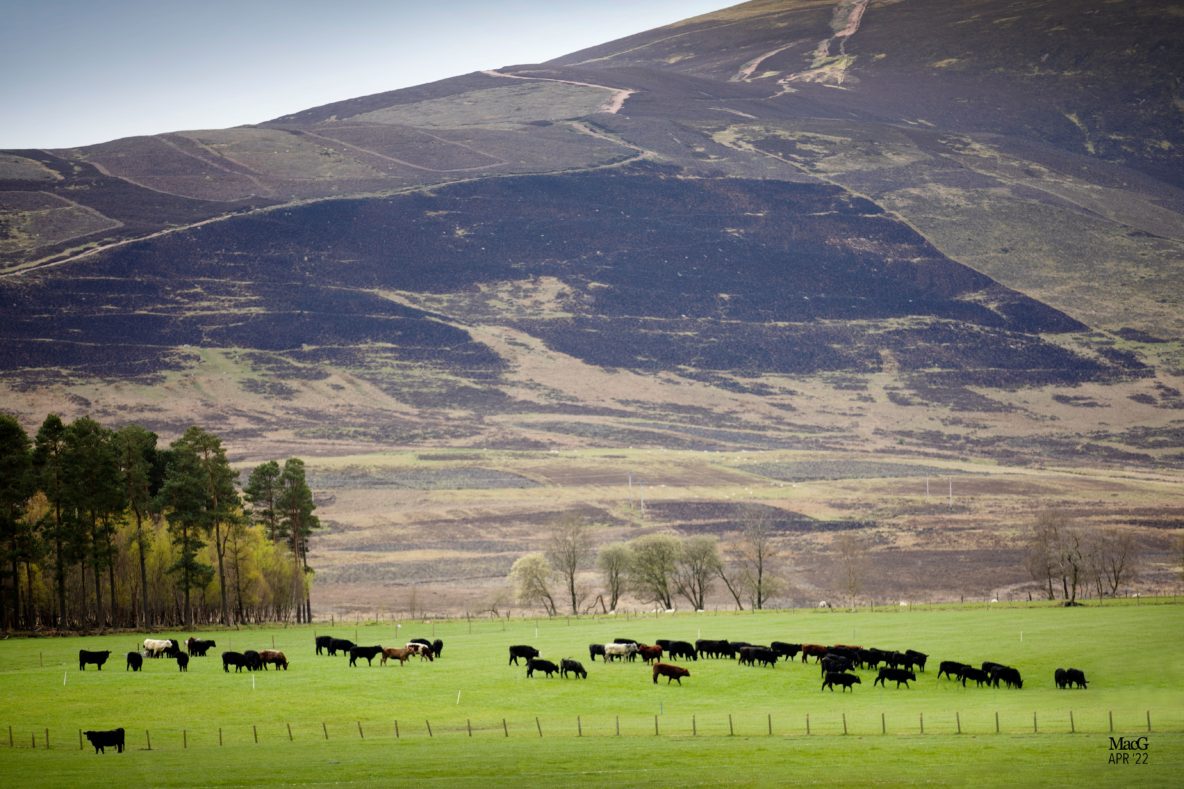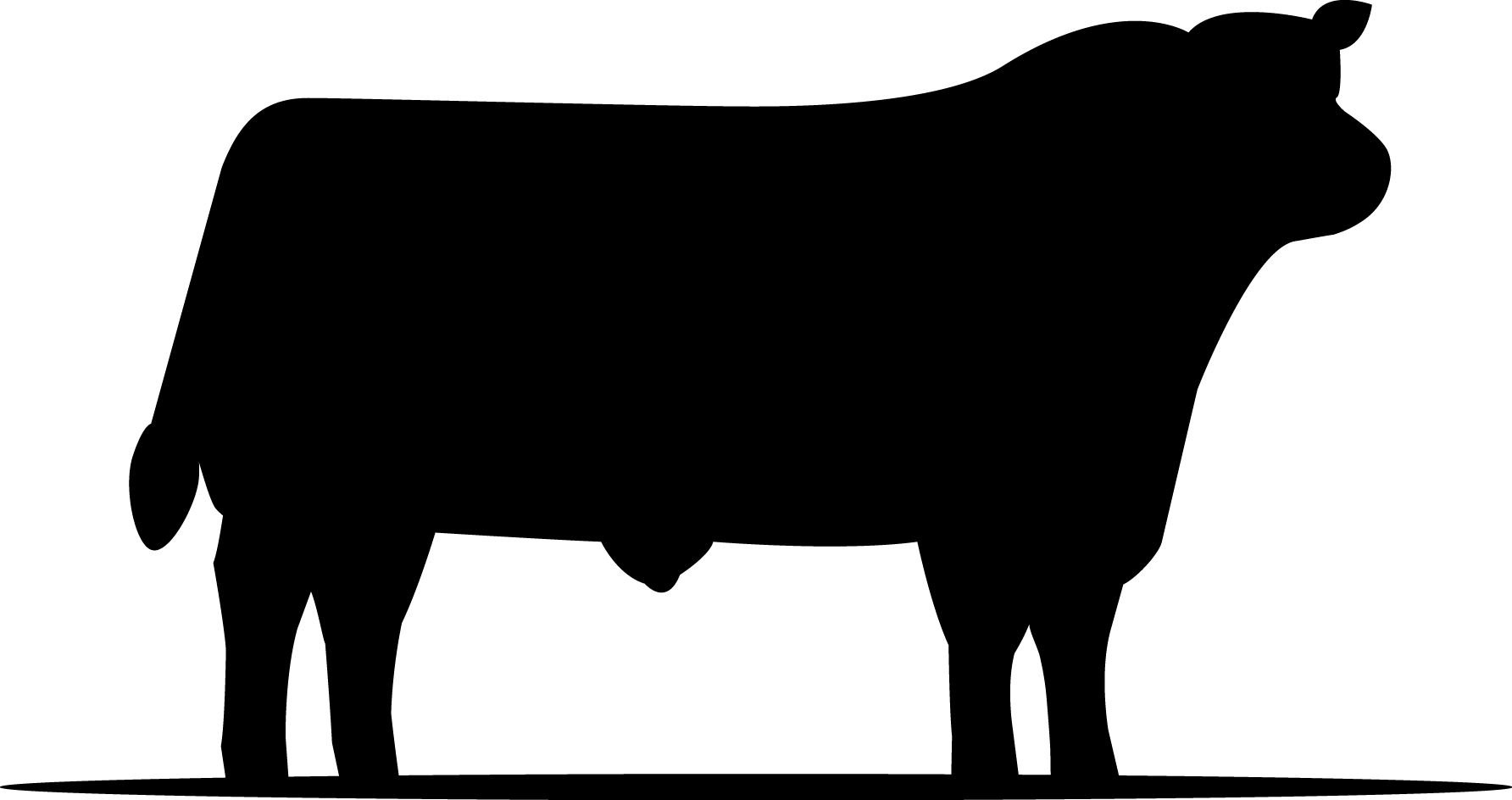Why finish cattle off grass?
Finishing cattle off grass and forage is something that’s become more appealing to beef farmers, as the industry faces a time of uncertainty with increasing volatility of input costs.
Grass and forage are an exceptionally good value feedsource and increasingly so when steps are taken to maximise its full potential.
As well as offering financial benefits, breeds such as the Aberdeen-Angus are identified as a premium product as they have traits which deliver enhanced meat-eating quality and flavour.
However, to get the most out of grass finishing systems,management strategies need to be paired with the right animal genetics, with native breeds being much better suited.
Native breeds such as Aberdeen-Angus are easy fleshing and can be finished on grass alone, turning a low-cost feed into a high value product.
Top tips on finishing cattle on grass efficiently
Many cattle spend a proportion of their life out at grass, but to see the best results, farmers need to manage the grazing platform correctly to maximise grass utilisation and weight gain.
Grazing strategies
Adopting managed grazing strategies and cutting silage earlier to improve quality, will help maximise the potential of grass in finishing systems, lowering, and potentially eliminating the need for concentrates.
For example, switching from a set stocked to a rotational grazing system has been shown to improve grass utilisation by 56%, while operating a paddock system could allow 80%1 of the available grass to be utilised, considerably more than the 50%1 typically achieved in set stocking systems.
Measuring grass growth
When it comes to finishing cattle, they should be turned onto grass at between 10-15cm and taken off once the residual is down to between 5-8cm. By doing this, you’ll achieve maximum utilisation, while allowing the grass to grow back.
Here’s a step-by-step guide to measuring sward height2:
Michael Shannon case-study
Scottish beef farmer, Michael Shannon, finishes between 150 and 200 cattle a year. Every animal is raised exclusively on forage, and the majority are sold through his farm shop, Damn Delicious. Bought in as stores, the cattle need to thrive on this simple system, and produce a carcase that meets the demands of the customer.
The cattle at Thankerton eat no concentrates, and the majority live out all year. Not all beef breeds would suit this approach, but the Aberdeen-Angus breed is ideal.
“As a farmer I know that my Aberdeen-Angus cattle are going to perform on an all-forage diet,” says Mr. Shannon.
Cattle are purchased at a year old, weighing 350 to 400kg. They are finished between 26 and 28 months of age, and show a daily liveweight gain of 2-3kg through the spring and early summer. This is maintained at half a kilo per day for the rest of the year.
“The whole farm revolves around grass,” Mr. Shannon explains.
“I’m trying to run my grassland like a dairy farmer, with all of our grass high sugar varieties. All my cattle are rotationally grazed on a paddock system. There are three or four groups at any one time and we’re trying to graze grass at the optimum quality to give us maximum performance.
“Rather than measuring dry matter we aim to graze grass at 10-15cm height. In the spring we graze really hard and get the residual very low as we’re trying to stop the seed heads appearing later in the year.
“Our target is a 21- day rotation but that will drop right down to 18 days when we take some paddocks out for cutting,” he adds.
Silage is made for any cattle housed over winter, but the majority are outwintered on kale, swedes, and silage bales. The production of winter forage is part of the farm’s strict reseeding policy, which ensures that all swards are seven years old or younger.
If you are interested in introducing Aberdeen-Angusgenetics into your herd, please contact us at https://www.aberdeen-angus.co.uk/contact-us/ and work with us to produce beef fit for the future.




